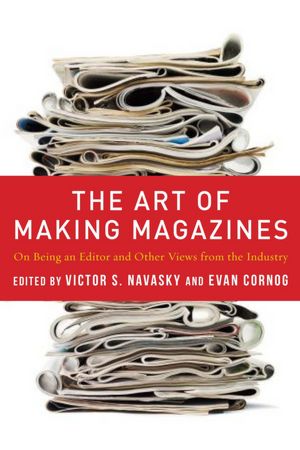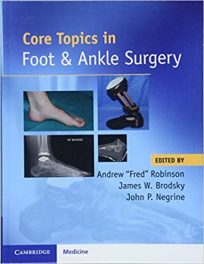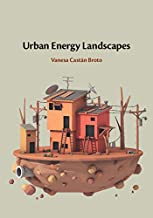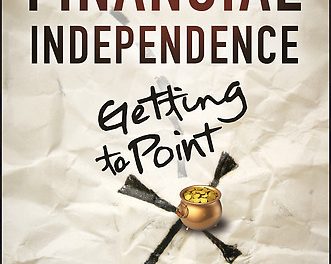 Book Review: The Art of Making Magazines: On Being an Editor and Other Views from the Industry
Book Review: The Art of Making Magazines: On Being an Editor and Other Views from the Industry
Editors: Victor S. Navasky and Evan Cornog
Publisher: Columbia University Press
Book Review by: Paiso Jamakar
This book is a collection of articles on the how-to of different types of work that is done in magazines. The material in it has been written by publishers, magazine journalism teachers, managing editors, writers for magazines and other content providers, fact checkers, copy editors, art directors and others involved in magazine layout, design and production.
It is different from typical books on how magazines are created because it contains candid writing on the real-life experiences of the men and women involved in the business and profession of magazine publication.
The two editors are not just directors of schools of journalism and professors of magazine journalism, but have also been magazine editors themselves.
Victor S. Navasky is the George Delacorte Professor of Magazine Journalism at the Columbia University Graduate of Journalism. He was editor of The Nation from 1978, became its publisher in 1995 and is now its publisher emeritus.
Evan Cornog is dean of the Schoolof Communicationat HofstraUniversity. He is a former publisher of the Columbia Journalism Review, has been on the editorial staffs of, and has written for The American Scholar, The Boston Globe, The Columbia Journalism Review, The Los Angeles Times, The New Yorker and The New York Times.
The many contributors are people who are working or have worked in top-notch and popular U.S.magazines such as Elle, Harper’s, The New Republic, The New Yorker, and Vanity Fair
The material compiled for this book was drawn from the talks given by speakers in the Delacorte Lecture Series at the Columbia Graduate School of Journalism.
Drawing from their experiences, the contributors have brought to life, parts of their daily conflicts, defeats and frustrations, as well as their daily pleasures, satisfactions and victories they encountered while working at different magazines. The talks reflect the drama, the excitement, the humor and the fun they had while interacting with their teams of people.
The writers relate surprising lessons they learned in the course of their work. One example of this is from Ruth Reichl, editor of the magazine-style food section of the Los Angeles Times.
She once received a letter from a reader that revealed the close sense of community she found and mutual concerns she shared with others who read that section of this newspaper. That woman wrote:
“You know, I may never use those Cambodian recipes that you printed last week, but this is really the only section of the newspaper where I find out what the lives of people all around me are really like.”
So Ruth writes what she learned from this:
“And the point of this, I think, is that I learned that the only way to do a magazine – because this essentially is a magazine section in a newspaper – is not to underestimate your audience, ever (which is one of the things that happens in food sections) and to follow your heart, that the only way to have a really good magazine is to print the things you want to read and assume that it will find its own readership.”
If you want to take an inside look in the world of American magazines, particularly large-circulation ones with a national readership, get this book, and get real-life accounts of people in that world.






